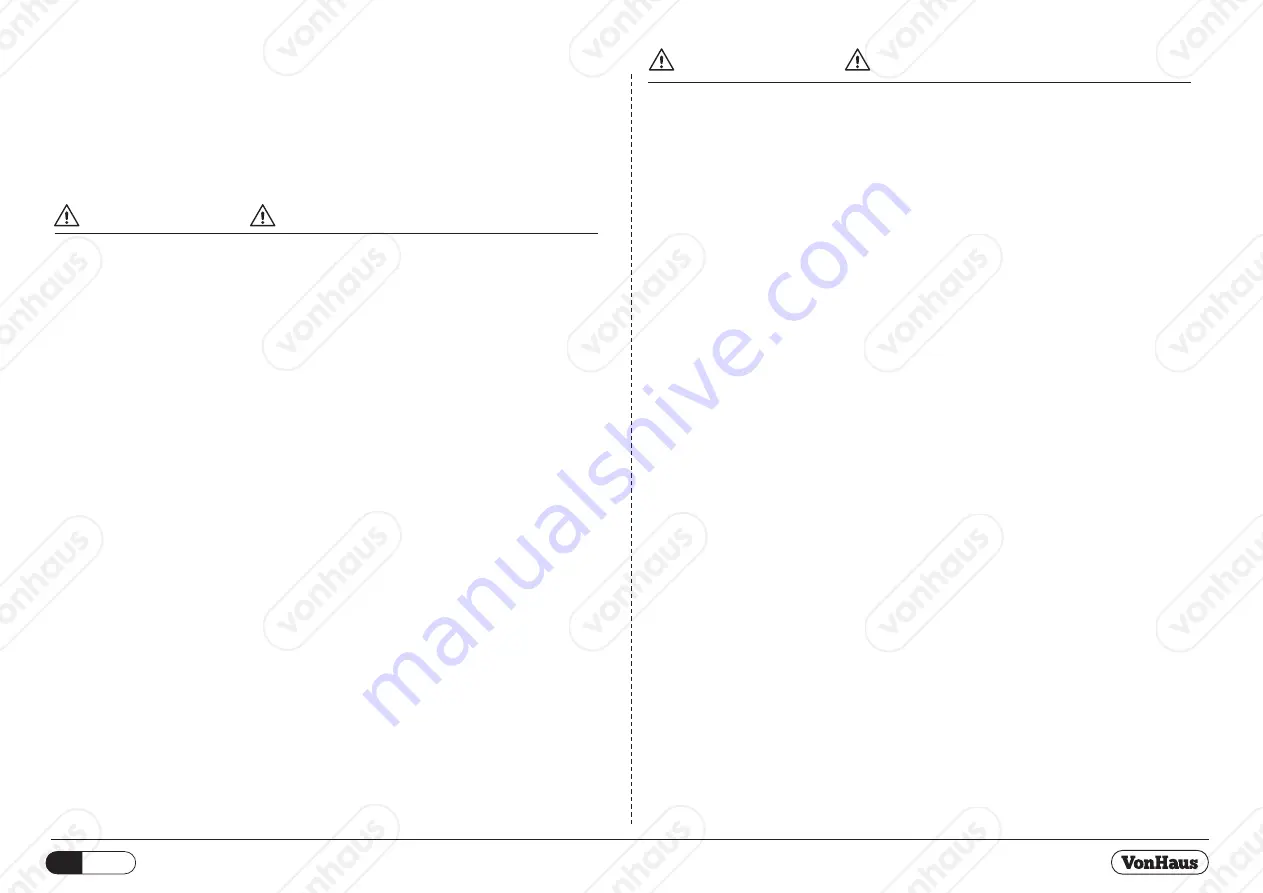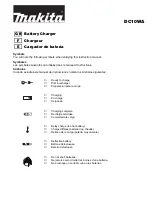
15A BATTERY
CHARGER
3500083 - User Guide
INTENDED USE.
Only use the product as described in this manual. The use of any accessory or attachment
or performance of any operation with this product other than those recommended in this
instruction manual may present a risk of personal injury and/or damage to property.
This product is not intended for use by persons with reduced physical, sensory or
mental capabilities, or lack of experience and knowledge, unless they have been given
supervision or instructions concerning use of the product by a person responsible for
their safety.
Children should be supervised to ensure they do not play with the product.
GENERAL SAFETY INFORMATION.
WARNING!
Read all safety warnings and all instructions. Failure to follow the warnings
and instructions may result in electric shock, fire and/or serious injury.
Please retain all warnings and instructions for future reference.
Batteries generate explosive gases during normal operation. Use in well-ventilated area.
Consider having someone close enough or within the range of your voice to come to your
aid when you work near a battery.
Do NOT smoke, strike a match, or cause a spark in vicinity of battery or engine. Avoid
explosive gas, flames and sparks.
Remove all personal jewellery, such as rings, bracelets, necklaces, and watches while
working with a vehicle battery. These items may produce a short-circuit that may cause
severe burns.
Be extra cautious to reduce risk of dropping a metal product onto the battery. It might
spark or short-circuit a battery or other electrical hardware which may cause an explosion
or fire.
Wear complete eye protection, hand and clothing protection. Avoid touching eyes while
working near a battery.
Study all battery specific precautions such as removing or not removing cell caps while
charging and recommended rates of charge.
Clean battery terminals before connected with the charger. Be careful to keep corrosion
from coming in contact with eyes.
For a battery installed in a vehicle, first connect charger output lead to ungrounded
battery post - not connected to automobile chassis - in accordance with polarity
identification and then opposite polarity lead to chassis; do not connect to injector rails,
carburettors or fuel lines. Disconnect chassis lead first.
When it is necessary to remove a battery from vehicle to charge, always remove
grounded terminal from battery first. Make sure all accessories in the vehicle are off in
order to prevent an arc.
It is not intended to supply power to an extra-low-voltage electrical system or to charge
dry-cell batteries. Charging dry-cell batteries may burst and cause injury to persons and
property.
WARNING! NEVER
charge a frozen, damaged, leaking or non-rechargeable battery.
If battery electrolyte contacts skin or clothing, wash immediately with soap and water. If
electrolyte enters eye, immediately flood eye with running clean cold water for at least
15 minutes and get medical attention immediately. If electrolyte is taken internally, drink
large quantities of water or milk; do NOT induce vomiting and get prompt medical
attention. Neutralize with baking soda any electrolyte that spills on a vehicle or in the
work area; after neutralizing, rinse contaminated area clean with water.
ELECTRICAL SAFETY.
Plugs must match the outlet. Never modify the plug in any way. Do not use any adaptor
plugs with earthed (grounded) products. Unmodified plugs and matching outlets will
reduce risk of electric shock.
Avoid body contact with earthed or grounded surfaces such as pipes, radiators, ranges
and refrigerators. There is an increased risk of electric shock if your body is earthed or
grounded.
Do not expose products to rain or wet conditions. Water entering the power tool will
increase the risk of electric shock.
Do not abuse the cord. Never use the cord for carrying, pulling or unplugging the power
tool.
Keep the cord away from heat, oil, sharp edvges and moving parts. Damaged or
entangled cords increase risk of electric shock.
When operating a power tool outdoors, use an extension cord suitable for outdoor use to
reduce the risk of electric shock.
SAFETY PRECAUTIONS FOR USING THE CHARGER
Do not place the charger in the engine compartment or near moving parts or near the
battery; place as far away from them as DC cables permit. Never place a charger directly
above a battery being charged; gases or fluids from battery will corrode and damage
charger.
This product employs parts, such as switches and relays, that tend to produce arcs or
sparks and therefore, if used in a garage, locate in a room or enclosure provided for the
purpose or not less than 18 inches above the floor. Do not install on or over combustible
surfaces. Do not cover the charger while charging.
Do not operate this unit in or around water.
Connect and disconnect DC output only after setting AC cord from electric outlet.
Use of an attachment not recommended or sold by the manufacturer may result in a risk
of fire, electric shock or injury to persons.
Do not overcharge batteries by selecting the wrong charge mode.
To reduce the risk of damage to electric plug and cord, pull by the plug rather than the
cord when disconnecting charger.
To reduce risk of electric shock, unplug charger from outlet before attempting any
maintenance or cleaning.
Operate with caution if the charger has received direct hit of force or been dropped.
Have it checked and repaired if damaged.
01
08
18
WARNING
WARNING


























